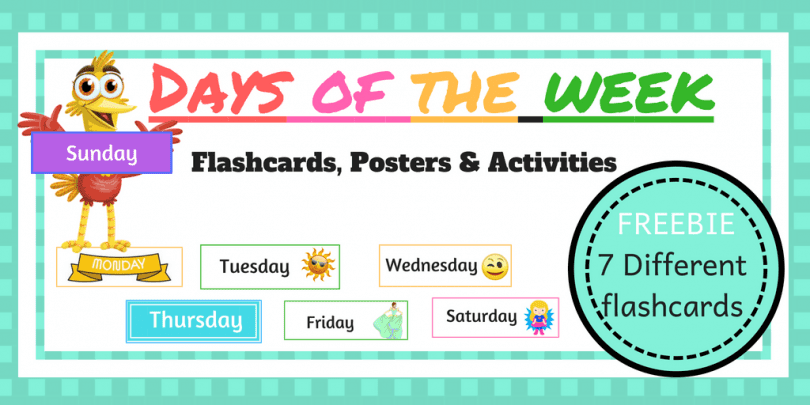Songs are a great source of ‘real-life’ language and you can use music to practice lots of different language skills. Most of all, songs are a fun way to learn English! Cambridge Language University give us some tips for teaching and learning English.
Choosing good songs for learning
The best learning happens when we have fun. So it’s really important to choose music that your child likes. The best songs for learning English are:
- not too long (1–3 verses)
- not too fast (easy to sing along)
- in everyday English (not too many new or difficult words)
- clear (you can easily hear all the words).
Learning tip for 5–12 year olds
Choose songs with lots of rhyming words and rhythms that repeat. This makes it easier for children to learn new words and start singing along.
The Sing and Learn videos from Cambridge Assessment English are an ideal way to learn, remember and use new language.
Your child could also try singing along to nursery rhymes. They can practise lots of different vocabulary. For example: numbers (‘Ten in the bed’), animals (‘Old MacDonald had a farm’), colours (‘I can sing a rainbow’), weather (‘Incy wincy spider’), vehicles (‘The wheels on the bus’), left and right (‘You put your right mitten in’), actions (‘If you’re happy and you know it’), materials (‘This is the way we lay the bricks’).
Learning tip for 13–18 year olds
For teenagers, learning through songs is a great opportunity to combine their interests and learning the language. If your child is interested in a song, they will be determined to understand it.
Remind your child that pop songs sometimes use informal, everyday language. It’s important to understand that English is used differently in different situations. For example, the English in pop songs probably wouldn’t be right in formal writing.
Learning activities – practising speaking and pronunciation
Singing is great for learning the rhythm of a language. It helps us learn how words are linked together in connected speech.
Singing along can be challenging, even for native speakers. So help your child with these easy steps:
- Find the song lyrics online, or find a music video with subtitles. For example, Sing and Learn is great for younger children.
- Read the song lyrics out loud. Look up any unknown words in a dictionary.
- Listen to the song and read the lyrics at the same time. Encourage your child to sing along.
- When they’re ready, try singing along without looking at the lyrics.
- Remember, they don’t have to get it perfect straight away! It’s actually more effective to repeat regularly.
Some children find it hard to speak English because they are shy or lack confidence. Singing with other people can help. It creates a safe space for children to practise expressing themselves aloud. Ask other family members to join in when your child sings at home. They don’t have to be musical. They simply need to be enthusiastic!
Improving pronunciation
When you learn a new language, there are lots of unusual sounds your mouth isn’t used to making. Singing helps our mouths to form the right shapes and make these sounds loudly and clearly. Singing also helps us learn how stronger and weaker sounds are pronounced differently in English.
Learning tip for 5–12 year olds
Sing along to phonic songs. This is a good way to practise the different sounds of the English language.
- Practise pronouncing one-letter sounds (for example, a, b, c). Go to YouTube and search for: phonic songs english language.
- Practise pronouncing two-letter sounds (for example, ou, ue, ch, th). Go to YouTube and search for: phase 3 phonics digraphs.
Learning tip for 13–18 year olds
Print out the lyrics of your child’s favourite song. Underline some of the words. Guess the number of syllables in each underlined word. Listen to the song and check how many you got right. Is one of the syllables pronounced more strongly? Now try singing along.
For a more difficult challenge, ask your child to clap along with just the strongly pronounced syllables.
Learning activities – practising reading, writing and listening skills
Any chance to hear English is helpful. Even if it’s just putting on background music during mealtimes, playtimes or when you’re travelling. But to really improve their English, your child will need to listen carefully. Make some time to understand the song lyrics and think about what they mean.
Learning tip
Writing activity:
- Songs can be a great inspiration for creative writing. Listen to a song. After 10–20 seconds, pause the music. Ask your child to draw whatever comes into their head. Play another 10–-20 seconds, pause and draw again. Keep doing this until the song finishes. Your child should have several drawings. Ask your child to write a short story to go with their pictures.
Reading activities:
- Print out some song lyrics. Cut up the lyrics into separate lines or verses. Ask your child to guess the correct order. Now listen to the song to check if it’s right.
- To prepare for Cambridge English Qualifications, children should practise thinking about the main ideas and messages in a text. You can use song lyrics to practise this type of reading skill. Encourage your child to think about the meaning and emotions of a song. What would they put in the music video for this song? You could film your child performing their video. Then watch the official music video. Are the ideas the same or different?
Listening activities:
- Play some fun games to help your child practise listening carefully. Choose 10 words from a song. Then choose two or three extra words that aren’t in the song. Write the words in a random order and give the list to your child. Play the song and ask them to tick the words they hear.
- Print out some song lyrics. Change 5–10 words. Then listen to the song. Ask your child to ‘spot the differences’. For example, in the Cambridge English song Going into town, Part 1 you could change some of the nouns (‘town’ to ‘village’, ‘bus’ to ‘train’, ‘friends’ to ‘family’, ‘film’ to ‘movie’, ‘pool’ to ‘sea’).
- Ask your child to listen to a song and invent an action for each line or verse. Then ask them to teach the dance to you. Did you know that actions can help children to understand and remember new words? Research shows that dancing increases memory, concentration and understanding at all ages – so get the whole family to join in!
- Younger children can also try doing the actions to the Sing and Learn songs. Download the free learning activities (PDF) for each song.





